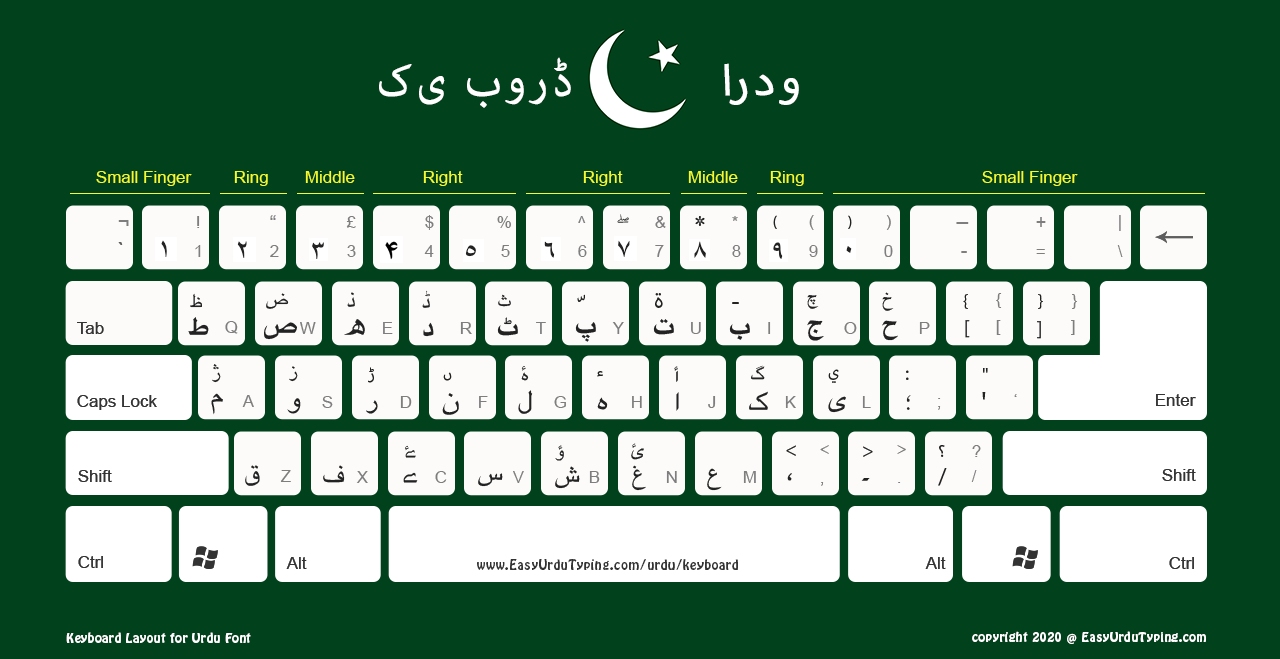

While OS X also recognizes OpenType layout tables, it uses a different rendering engine (ATSUI), and these fonts are written for Microsoft's engine (called Uniscribe). They are unsuitable for use with Macintosh computers, because they make use of OpenType technology, developed jointly by Microsoft and Adobe, for displaying vowel signs ( matras) and ligatures appropriately. The fonts recommended on this page have been tested for functionality on PCs running Windows XP.
.png)
Follow the instructions above about how to enable South Asian language support before installing this keyboard. This keyboard is phonetic and like the InPage keyboard. The Center for Research in Urdu Language Processing provides a Urdu Phonetic Keyboard for Windows.As the default Urdu keyboard is not phonetic, many users may prefer to install a phonetic one (see below). The keyboard may be viewed with the On-screen Keyboard Viewer ( Start > Program Files > Utilities > Accessibility > On Screen Keyboard). Windows XP/Vista Keyboard Layout: Microsoft Windows XP includes keyboard layouts for typing with Urdu Unicode fonts through the installation of its optional multilingual support.įollow the instructions about "Enabling South Asian Language Support" and "Activating Keyboard Layouts" on the "How to Install Fonts and Layouts" page (in the left navigation bar).

Input Schemes and Keyboard Layoutsįor typing in Urdu on Windows platforms, the SALRC recommends the following options:

Note: Also supports Balochi, Brahui, Kashmiri, Lahnda, Panjabi Shahmukhi, Pashto, and Sindhi. Commercial font supplied with Microsoft Windows 2000 and XP.


 0 kommentar(er)
0 kommentar(er)
